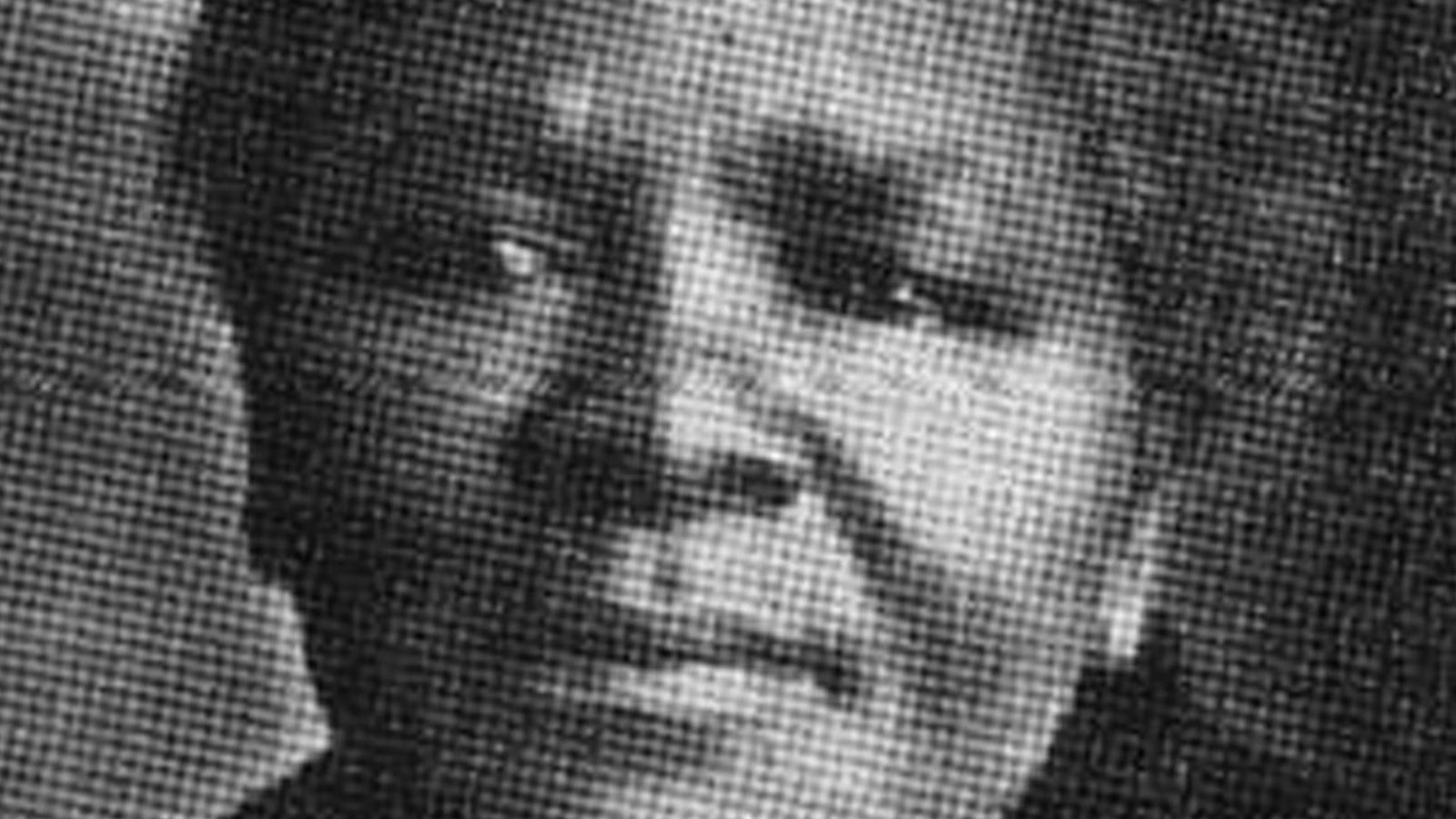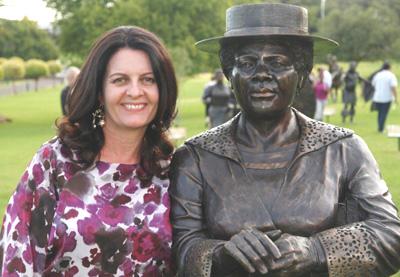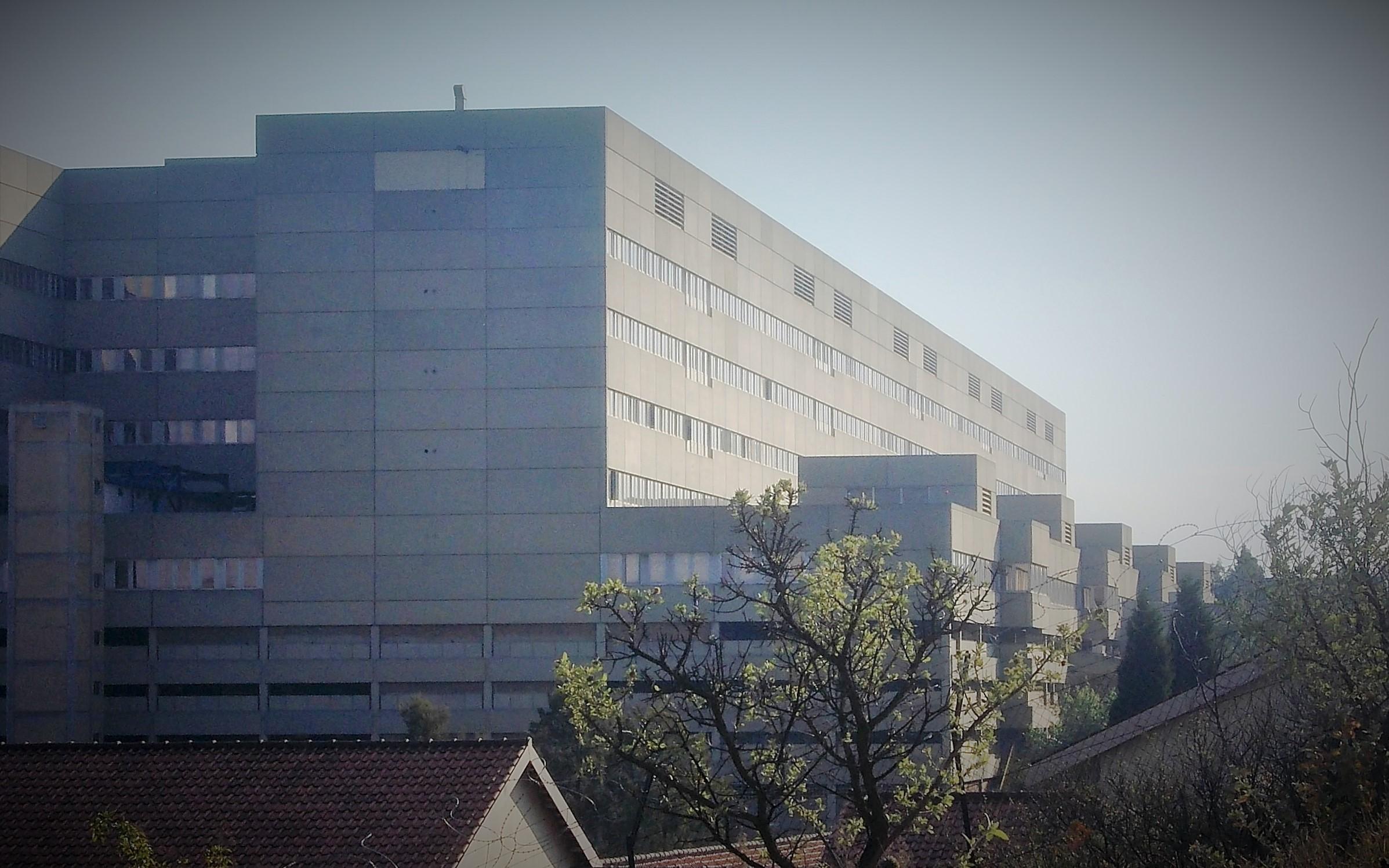
Disclaimer: Any views expressed by individuals and organisations are their own and do not in any way represent the views of The Heritage Portal. If you find any mistakes or historical inaccuracies, please contact the editor.
Her birthplace remains a bone of contention but Charlotte Maxeke's legacy as a woman visionary is cemented in the annals of South African history. She was born Charlotte Mmakgomo Manye on 7 April 1874 in either Fort Beaufort in the Eastern Cape, or at Botlokwa Ga-Ramokgopa, in Polokwane District, in the Limpopo Province, South Africa.
She received a missionary education at Edwards Memorial School in the Eastern Cape in the early 1880s. After the discovery of diamonds, Maxeke moved to Kimberley with her family in 1885. While in Kimberley, she became a teacher.
As a dedicated churchgoer, Maxeke and her sister, Katie joined the African Jubilee Choir in 1891. Her singing talent attracted the attention of a Mr. K. V. Bam, a local choirmaster who was organizing an African choir to tour Europe. Charlotte’s rousing success after her first solo performance in the Kimberley Town Hall immediately resulted in her appointment to the Europe-bound choir operation of which was taken over from Mr. Bam by a European.
The group left Kimberley in early 1896 and sang to numerous enthusiastic audiences in all of the major cities of Europe. Command royal performances, including one at Queen Victoria’s 1897 Jubilee at London’s Royal Albert Hall, added to their mounting prestige.
At the conclusion of the European tour, funds were made available to tour Canada and the United States. The results were the same, packed concert halls and delighted audiences, hearing the unique harmony of an African choir and Charlotte’s unforgettable solos, for the first time. During this time Maxeke is said to have attended suffragette speeches by women such as Emmeline Pankhurst.
At the completion of the tour of the United States, the European organizer, without paying a single member of the choir, deserted it with all the funds and travel tickets, and could not be found. Charlotte Manye and the other choir members were left stranded and penniless on the streets of New York City.
The story of the stranded African singers quickly appeared in United States newspapers. Americans from many walks of life came to the choir’s financial rescue. One of them, Bishop Daniel A. Payne, of the African Methodist Church (AME) in Ohio, a former missionary in the Cape Province of South Africa, recognized Charlotte Manye’s name in the newspaper. He contacted her and offered her a church scholarship to Wilberforce University, the AME Church University in Xenia, Ohio. Charlotte gladly and wisely accepted the offer.
She excelled in all fields of academia. She was taught under the tutelage of Pan-Africanist scholar and proponent Dr. W.E.B Du Bois, and received an education that was focused on developing her as a future missionary in Africa.
In the late spring of 1903, Charlotte Manye achieved two very memorable things. She became the first black South African woman to earn a university degree, and she was betrothed to a fellow countryman and graduate, Dr. Marshall Maxeke, a Xhosa born on 1 November, 1874 at Middledrift, Cape Colony.
Charlotte Maxeke
It was while she was a student at Wilberforce that she managed to arrange opportunities for other African students to study at Wilberforce. One of the students was Charles Dube. Others were James Tantsi, Henry Msikinya and Edward Tolityi Magaya.
Upon her return to South Africa, Dr. Manye became the organizer of the Women’s Mite Missionary Society in Johannesburg , and took up a post as the first African teacher at Pietersburg in the Transvaal, while opening the local missionary field for the AME church amongst the African communities in the region.
Shortly thereafter, she and Dr. Maxeke were joined in marriage. Theirs was a union based not only upon love, but also upon mutual, intellectual and professional respect. They supported each other in all of their activities. When a son was born to them, both assumed a joint caring responsibility, unusual for an African man of that period.
Both partners labored together as dedicated missionaries, not only preaching and teaching the Gospel, but also advocating and advancing the cause of education as the only route to a prosperous and fulfilled life for the Africans of South Africa. Together, the Maxeke’s founded the Wilberforce Institute, named after their American alma mater, in Evaton, south of Johannesburg, which prospered as a primary and secondary school. The school is still in existence today. During that period, they also collaborated on the compilation and publication of the first AME Church Hymn Book in Xhosa.
Both her and her husband attended the launch of the South African Native National Congress (SANNC), the fore-runner to the African National Congress (ANC), in Bloemfontein in 1912, and although her main concerns were church-linked social issues, Charlotte also wrote in Xhosa on the social and political situation occupied by women. In the Umteteli wa Bantu newspaper, she addressed the ‘woman question’. An early opponent of passes for black women, she helped organized the anti-pass movement in Bloemfontein in 1913 and founded the Bantu Women’s League (BWL) in 1918.
As leader of the Bantu Women`s League, the forerunner to the ANC's Women's League, she led a delegation to Prime Minister Louis Botha in 1918 to discuss the issue of passes for women, and this was followed up by a protest the following year. She was also involved in protests on the Witwatersrand about low wages, and participated in the formation of the Industrial and Commercial Worker’s Union (ICU) in 1920.
Maxeke was also involved in multiracial movements. She addressed the Women’s Reform Club in Pretoria, which was an organization for the voting rights of women, and joined the Joint Council of Europeans and Bantus. She was also elected as president of the Women’s Missionary Society (WMS) in 1924. In 1926, the church called the Maxeke's to Idutywa, Eastern Cape where Marshall was appointed pastor and principal of Lota High School. Charlotte was appointed Head Teacher and there they both continued their outstanding work on behalf of the church and students.
During their stay in the Eastern Cape, the Maxekes went on to teach and evangelize in other places, including Thembuland in the Transkei under King Sabata Dalindyebo. It was here that Maxeke participated in the king’s court, a privilege unheard of for a woman. However, they finally settled in Johannesburg, where they continued their involvement in political movements, until tragedy struck in 1928. Sadly, this exciting and fruitfully enduring partnership ended with the untimely passing of the Reverend Dr. Marshall Maxeke at the age of 53.
After a period of mourning, Charlotte responded to a call by the South African Ministry of Education to testify before several government commissions in Johannesburg on matters concerning African education, another “first” for an African of any gender. Her brilliant and creative responses to the questions put to her resulted in a number of racial boundary crossing job offers, the first of their kind ever made by the white government to an African.
In 1928, she attended a AME Church conference in the USA, and also addressed the All African Convention in Bloemfontein, where she played a leading role in the establishment of the National Council of African Women (NCAW). In the early 1930's she was increasingly becoming concerned about the plight of black youth, and deliberated and prayed long and hard about mechanisms which could be put in place to have the greatest impact on them, particularly those in trouble and those without jobs. She duly accepted a position to be the first black woman to become a Probation Officer for juvenile delinquents in the juristical district of Johannesburg, and later propertier of the city`s first employment agency to be owned by an African.
Dr. Charlotte Manye Maxeke passed away, joining her husband and her God, on 16 October 1939 at the age of 65. At her funeral at Kliptown, on Johannesburg`s eastern periphery, her eulogy ended with the words “She was everyone’s friend and no one’s enemy”. Today, a statue has been erected of her in Pretoria's Garden of Remembrance, and if you wondered why the former Johannesburg Hospital in Parktown was renamed Dr Chalotte Maxeke Hospital, now you know.
Charlotte Maxeke Statue
Charlotte Maxeke Hospital Johannesburg (The Heritage Portal)
Daluxolo Moloantoa is a freelance writer and journalist. After being awarded a scholarship by the Sowetan newspaper and Herdbuoys McCann-Erickson advertising agency he studied copywriting at the AAA School of Advertising in Johannesburg.
After a brief period working in the advertising industry, he went on an exchange programme to England and studied for a Community Media Certificate with the Community Volunteer Service Media Clubhouse in Suffolk. He became an arts journalist with Ipswich-based youth magazine IP1 and began covering South African arts-based news for London-based South African publication The South African as well as Cape Town charity magazine The Big Issue.
On his return to South Africa he became arts contributor to a number of local publications. In 2015 he won the Academic and Non-Fiction Association of South Africa (ANFASA) – Norwegian Foreign Fund Writers Award for his research project on missionary schools in South Africa.
Visit www.gatewaystoanewworld.wordpress.com to see more of his work.
Comments will load below. If for any reason none appear click here for some troubleshooting tips. If you would like to post a comment and need instructions click here.



